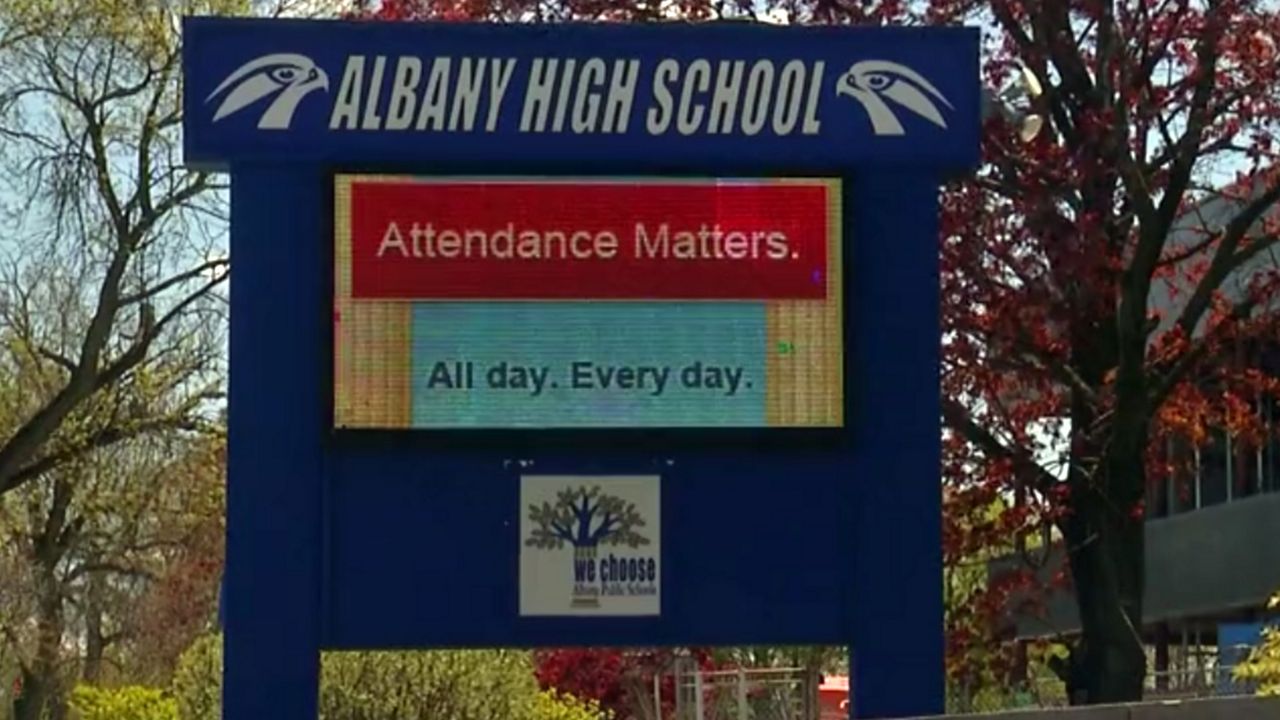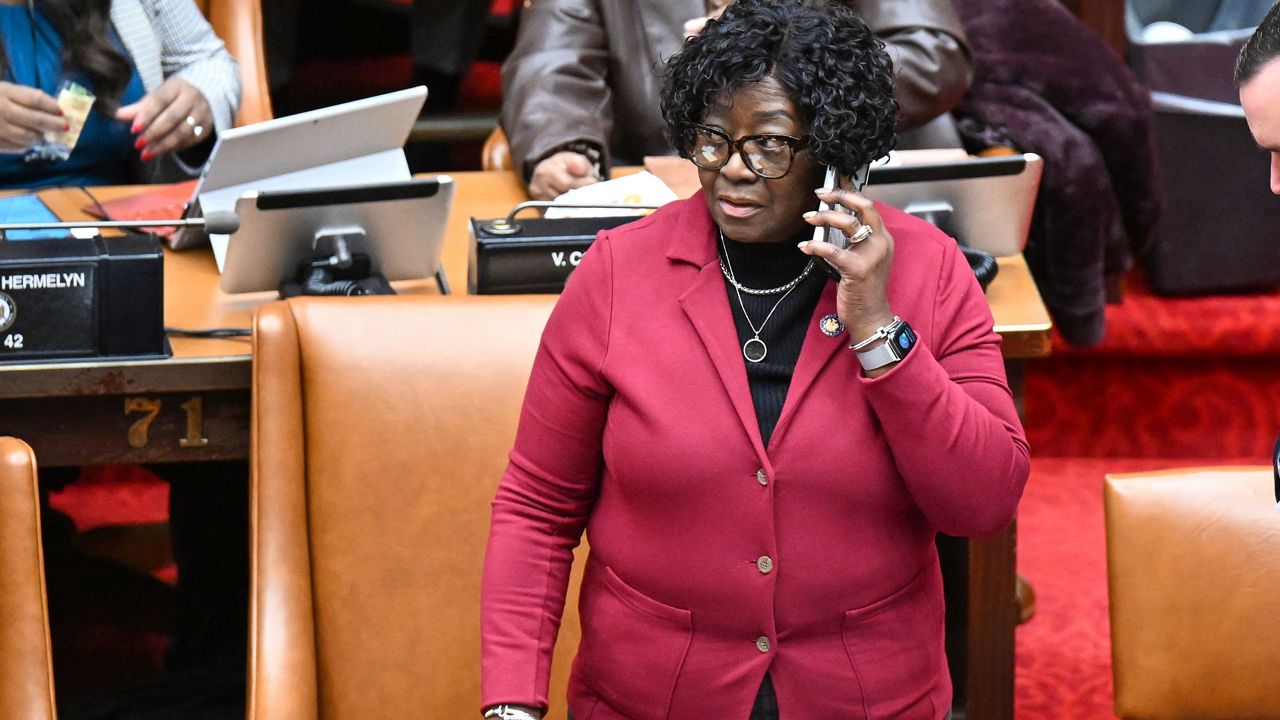The Adirondack Council has released, for the second time in its history, a vision for the 6-million-acre Adirondack Park, which is 129 years old.
Back in the 1980s, the council released “Vision 2020,” which was a blueprint for the completion of the forest preserve.
This year, the council released “Vision 2050," and the challenges facing the park are very different, with climate change at the forefront.
“This new Adirondack Vision 2050 puts forward recommendations and ideas for how to ensure the park faces 21st century threats successfully so everyone can enjoy it for another 129 years,” Adirondack Council Executive Director Willie Janeway told Capital Tonight.
The new threats to the park include climate change, groundwater pollution, wastewater treatment issues, and development in some communities and the need to avoid development in sensitive habitats.
“This means a need for infrastructure funding; some of that is now coming down the pipeline, thanks to federal action just very recently,” Janeway said.
One of the more interesting threats, Janeway explained, is the increase in visitors.
“During COVID, people have flooded to the park and have loved it to death,” he said. “The numbers have gone through the roof, so we have an overuse challenge.”
The solution is not to turn anyone away, but to put into place better management systems. After multiple, intensive conversations with hundreds of stakeholders, the Adirondack Council reorganized its approach to the park by focusing on three issues.
The first, ecological protection, is something the council is known for. The second is communities, which didn’t figure in the last report, but does now because, according to Adirondack Council spokesman John Sheehan, “communities and wilderness are tied together.”
“They need a shot in the arm financially,” Sheehan told Capital Tonight. “There is a labor shortage.”
The third issue is park management, which means, in the short-term, increasing the park’s staff (Sheehan said the Adirondack Park Agency had 74 employees when it was created in 1971; it now has 53 employees).
One idea is retraining corrections officers to work inside the Adirondack Park.
“There’s an opportunity to retrain and reemploy corrections officers as conservation officers, and at the same build a pipeline out of New York City to bring greater diversity to that workforce so the park can be welcoming and inclusive to everybody,” Janeway said.










